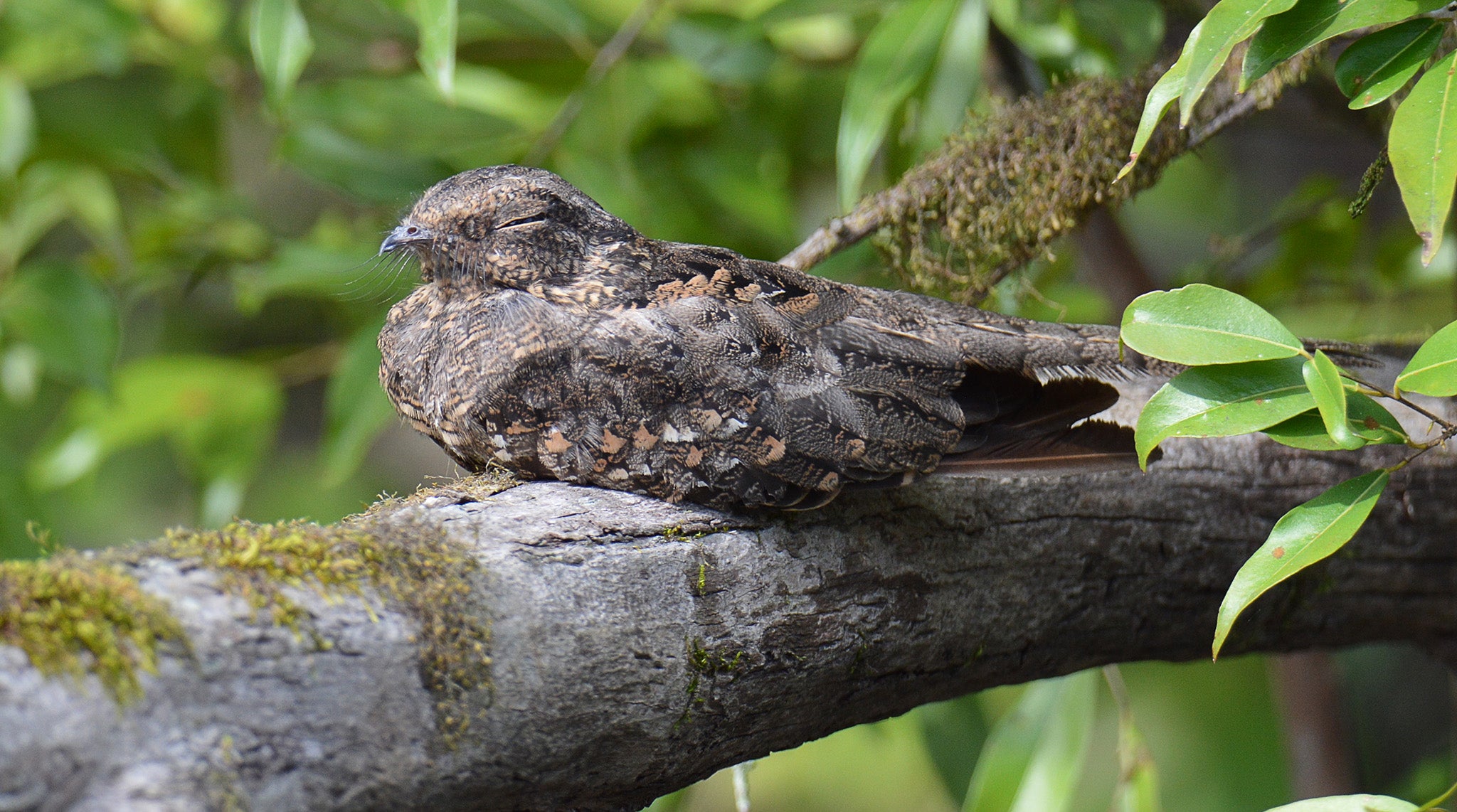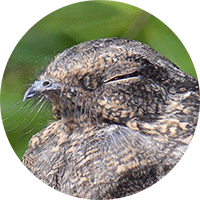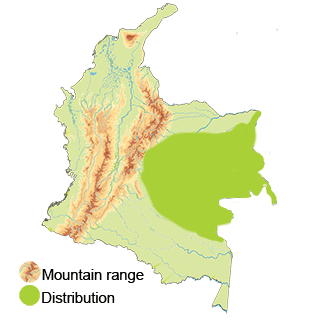Least Nighthawk
The Least Nighthawk (Chordeiles pusillus) Read in Spanish
Appearance: The Least Nighthawk is a small to medium-sized nightjar with a wingspan of about 50 cm and a length of around 20 cm. It has cryptic plumage that provides excellent camouflage during the daytime, featuring a brownish-gray mottled pattern. The bird has a distinctive white throat patch and a slightly forked tail.
Habitat: Least Nighthawks are primarily found in open or semi-open habitats such as savannas, grasslands, agricultural areas, and scrublands. They are commonly seen in lowland regions and sometimes at higher elevations in certain mountainous areas.
Behavior: These birds are predominantly crepuscular and nocturnal, being most active during dawn and dusk when they forage for flying insects. During the day, they typically roost on the ground or on bare branches, relying on their cryptic coloration to avoid detection.
Breeding: Least Nighthawks are known for their aerial courtship displays, which involve diving, swooping, and wing-clapping to attract mates. They breed on the ground, laying their eggs directly on sandy or gravelly substrates without building a nest.
Conservation Status: The conservation status of the Least Nighthawk in Colombia is relatively secure. It is not considered globally threatened or endangered.
Distribution
The Least Nighthawk (Chordeiles pusillus)
Northern Andes Region: The Least Nighthawk can be observed in parts of the northern Andes region of Colombia, including areas with suitable open habitats like grasslands and savannas.
Eastern Plains (Llanos Orientales): This bird species is known to inhabit the vast expanses of the eastern plains of Colombia, characterized by grasslands and agricultural fields where it can find ample prey.
Caribbean Coast: Along the Caribbean coast of Colombia, including regions like La Guajira and the Magdalena River basin, the Least Nighthawk may be present in suitable open habitats.
Pacific Coast: While less common, the Least Nighthawk may also occur in certain regions along the Pacific coast of Colombia where open areas or scrublands offer suitable foraging grounds.
Central Colombia (Cundinamarca and Boyacá): In central Colombian regions such as Cundinamarca and Boyacá, where grasslands and agricultural landscapes exist, the Least Nighthawk may also be found.
Amazon Region: The Amazon region of Colombia, with its diverse habitats including open areas near rivers or forest edges, could potentially host populations of the Least Nighthawk.
Orinoco Region: Within the Orinoco region of Colombia, which encompasses parts of the eastern plains and lowland areas, the bird may be encountered in suitable habitats for its hunting and nesting behaviors.
Taxonomy
The Least Nighthawk (Chordeiles pusillus)
- Kingdom: Animalia
- Phylum: Chordata
- Class: Aves (Birds)
- Order: Caprimulgiformes
- Family: Caprimulgidae
- Genus: Chordeiles
- Species: Chordeiles pusillus
Vocalization
The Least Nighthawk (Chordeiles pusillus)
- Calls: The Least Nighthawk typically emits a series of nasal, buzzy, or raspy calls during its nocturnal activities. The calls of the Least Nighthawk are often described as a rapid, repetitive "peent" or "peentz" sound. These calls can vary in intensity and pitch, with males typically producing more vocalizations during courtship displays.
- Chirping and Chattering: In addition to their characteristic "peent" calls, Least Nighthawks may also produce soft chirps and chattering sounds while in flight or during interactions with conspecifics.
- Wing Clapping: During aerial courtship displays, male Least Nighthawks may engage in wing clapping, creating a distinct fluttering sound as their wings rapidly strike each other.
- Territorial Calls: When defending their territories or during aggressive encounters, Least Nighthawks may emit harsher and more emphatic calls to signal their presence and deter intruders.
- Dusk and Dawn Choruses: During twilight hours, the Least Nighthawk is known to join dusk and dawn choruses with other individuals of its species, contributing to the ambient soundscape of their shared habitat.





